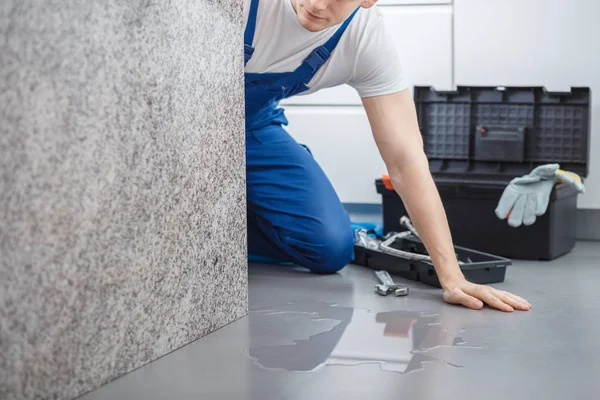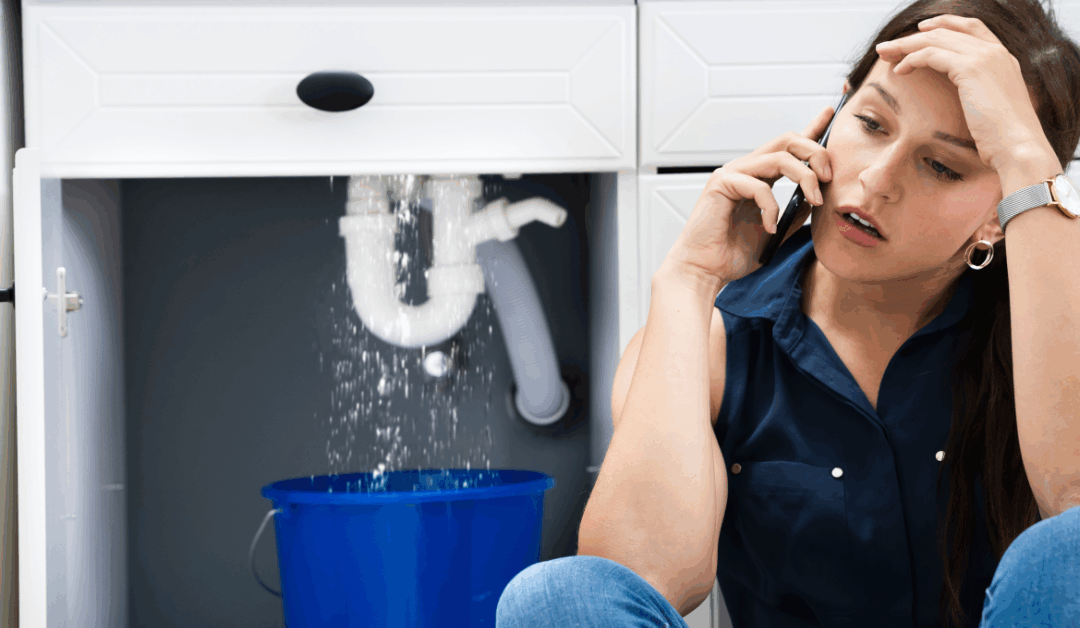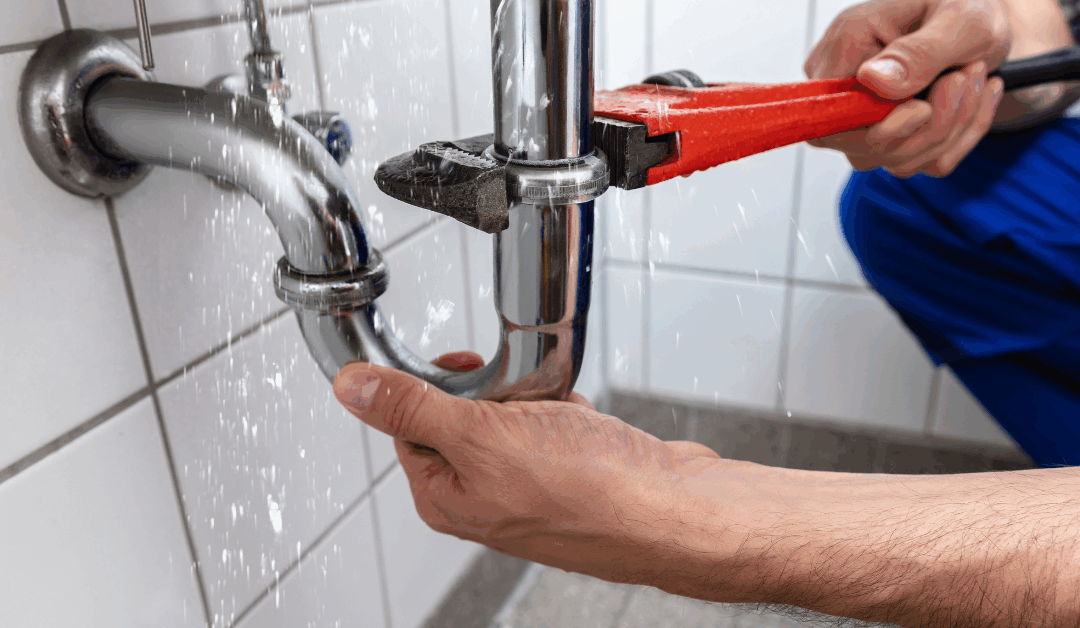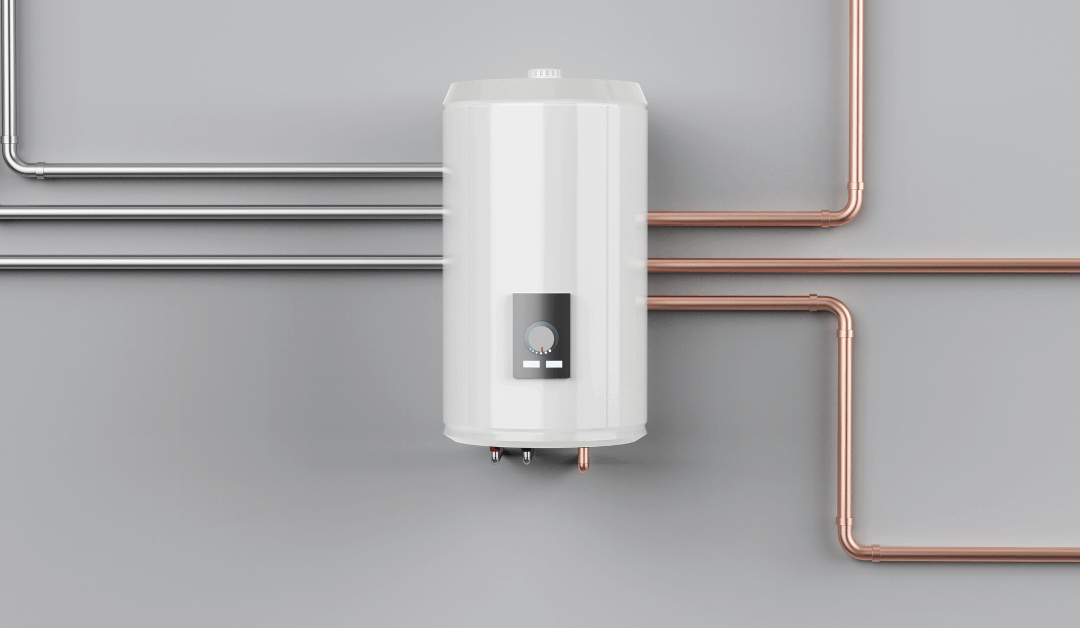Water damage costs American homeowners billions of dollars annually, with the average insurance claim exceeding $10,000. Yet most leaks start small and go unnoticed for weeks or months before becoming catastrophic failures. The good news? Modern water leak detection technology can catch these problems early, potentially saving you thousands in repairs and giving you invaluable peace of mind.
Whether you’re dealing with a slow drip behind a wall or worried about your appliances failing while you’re away, understanding how leak detection works and why it matters can protect both your property and your wallet. From smart sensors that send alerts to your smartphone to professional monitoring services, there are more options than ever to safeguard your home against water damage.
Let’s explore why water leak detection should be a priority for every homeowner and how to choose the right solution for your needs.
Schedule Service Online
Get a free estimate so you know what you're signing up for
"*" indicates required fields
For Emergency Services Call: 410-255-9300
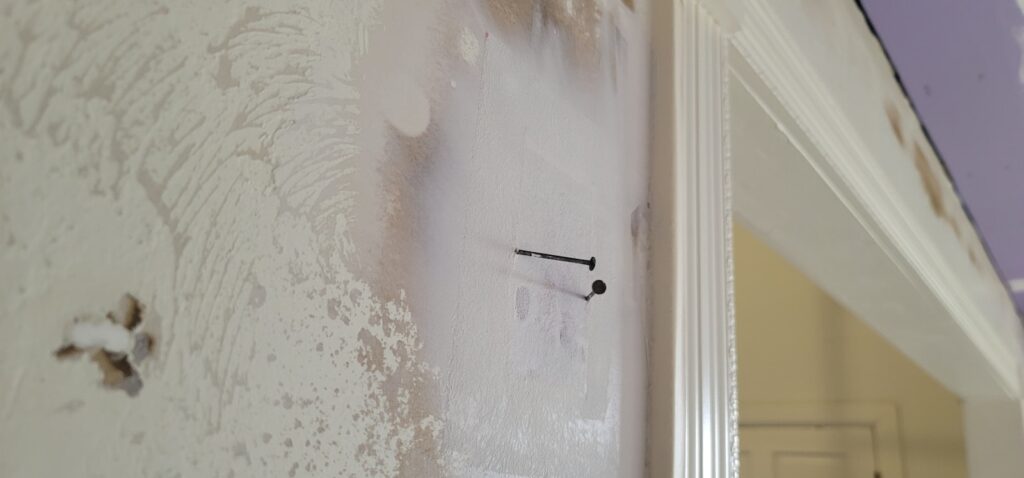
Photo by DRR DRYWALL REPAIR on Unsplash
The Hidden Cost of Water Damage
Water leaks rarely announce themselves with dramatic flooding. Instead, they work silently behind walls, under floors, and around appliances, causing damage that compounds over time. A single leaking pipe can lead to structural damage, mold growth, and ruined personal belongings before you even realize there’s a problem.
The financial impact extends beyond immediate repairs. Water damage often requires extensive restoration work, including drying out affected areas, replacing damaged materials, and addressing potential mold issues. Professional remediation services can cost thousands of dollars, and that’s assuming your insurance covers the damage.
Temperature fluctuations make the problem worse. During winter months, pipes in unheated areas can freeze and burst, sending gallons of water into your home within hours. Even in warmer months, humidity from small leaks creates perfect conditions for mold growth, which poses serious health risks and can be expensive to remediate.
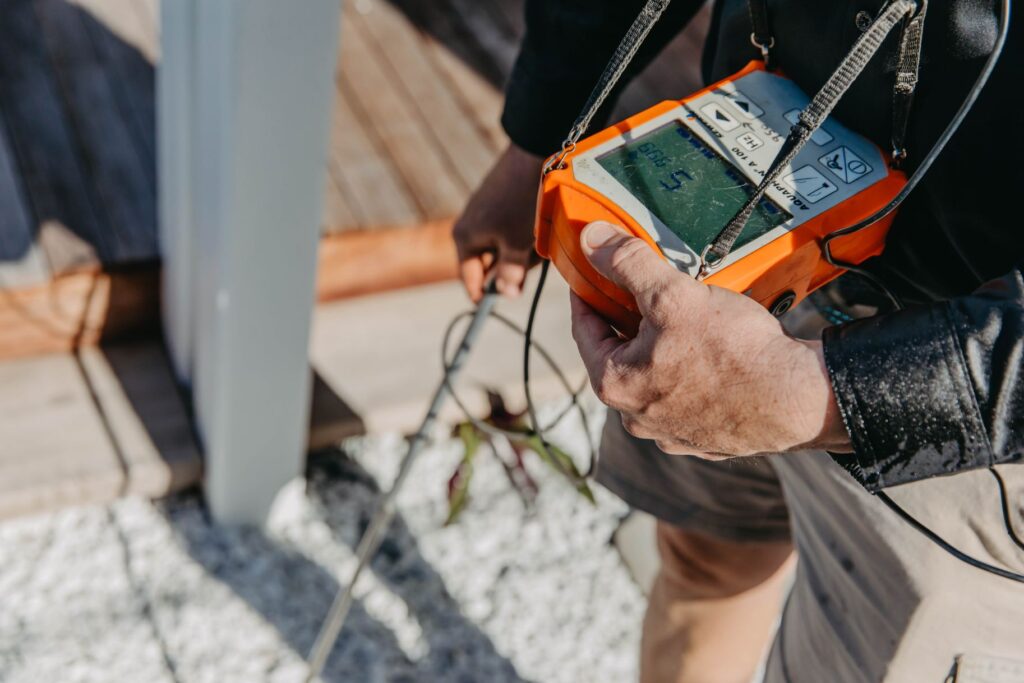
How Smart Leak Detection Devices Work
Modern leak detection technology has revolutionized home protection. Smart leak detectors use advanced sensors to monitor for moisture, temperature changes, and unusual water flow patterns. When these devices detect a potential issue, they immediately send alerts to your smartphone, allowing you to take action before minor problems become major disasters.
Most smart leak detectors combine multiple sensing technologies. Water sensors detect moisture where it shouldn’t be, while flow sensors monitor your home’s water usage patterns to identify unusual spikes that might indicate a leak. Temperature sensors can alert you to freezing conditions that might cause pipes to burst.
The best systems offer whole-home monitoring with sensors placed strategically throughout your property. Common installation points include near water heaters, under sinks, around washing machines and dishwashers, and in basements or crawl spaces where leaks often go unnoticed. Some advanced systems can even automatically shut off your main water supply when they detect a major leak.
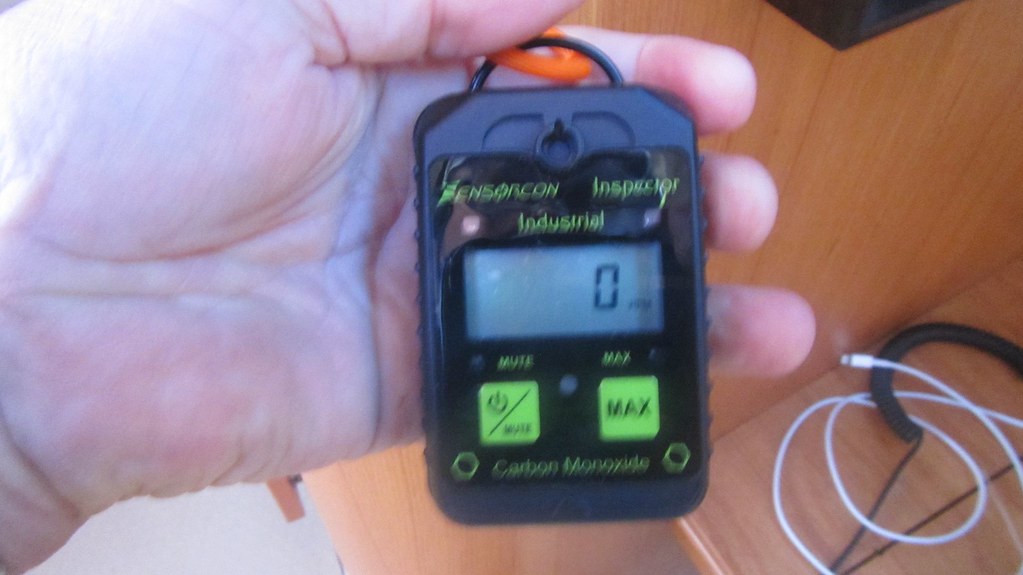
“No exhaust leak detected” by MUSTAD MARINE is licensed under CC PDM 1.0
Professional vs. DIY Leak Detection Services
You have several options when it comes to protecting your home with leak detection technology. Professional monitoring services offer comprehensive coverage with expert installation and 24/7 monitoring, while DIY systems provide more affordable entry points for tech-savvy homeowners.
Professional services typically include a thorough assessment of your home’s vulnerability to water damage, strategic sensor placement, and ongoing monitoring by trained technicians. Companies like Moen Flo and similar services can detect leaks as small as a drop per minute and provide detailed analytics about your water usage patterns.
DIY systems range from simple water sensors that you can place under appliances to sophisticated smart home integration platforms. Many of these devices are available through retailers like Amazon and can be installed without professional help. However, the effectiveness of DIY systems depends largely on proper placement and regular maintenance.
The ideal solution often combines both approaches. Professional installation ensures optimal sensor placement and system configuration, while smart devices give you direct control and immediate notifications. Many homeowners find that starting with a professional consultation and then expanding with additional DIY sensors provides the best balance of coverage and cost-effectiveness.
Strategic Sensor Placement for Maximum Protection
Effective leak detection requires strategic thinking about where problems are most likely to occur. Water heaters top the list of common failure points, especially as they age. A sensor near your water heater can detect early signs of tank failure, giving you time to address the issue before it floods your basement or utility room.
Appliances present another major risk category. Washing machines, dishwashers, and refrigerators with ice makers all have water connections that can fail over time. Placing sensors behind or beneath these appliances helps catch leaks early, before water spreads to other areas of your home.
Don’t overlook less obvious locations. Bathrooms with multiple water sources benefit from sensors near toilets, behind vanities, and in shower areas where tile grout may fail. Basements and crawl spaces often house plumbing that’s out of sight and out of mind, making them ideal candidates for monitoring devices.
HVAC systems also deserve attention, particularly around condensate drains and humidifier connections. These systems can develop leaks that go unnoticed for long periods, especially in areas you don’t visit regularly.
Popular Leak Detection Brands and Features
Several companies have emerged as leaders in the smart leak detection space, each offering unique features and capabilities. Moen Flo Systems provide comprehensive whole-home monitoring with automatic water shutoff capabilities. Their sensors can detect pressure changes, temperature fluctuations, and flow irregularities, offering multiple layers of protection.
Other popular brands focus on specific applications or offer more budget-friendly options. Some specialize in simple water sensors that alert you to moisture, while others provide sophisticated systems that integrate with existing smart home platforms. The key is matching the system’s capabilities to your specific needs and budget.
When evaluating options, consider factors like battery life, wireless range, smartphone app functionality, and integration with other smart home devices. Some systems offer professional monitoring services for an additional fee, while others rely entirely on smartphone notifications to alert you to problems.
The most effective systems offer reliable connectivity, whether through Wi-Fi, cellular connections, or dedicated hubs. Look for devices with backup power sources and redundant communication methods to ensure they continue working even during power outages or internet disruptions.

Installation Considerations | MD Sewer and Plumbing
While many leak detection devices are designed for easy DIY installation, certain situations benefit from professional expertise. Complex whole-home systems, devices that require integration with your main water line, or installations in hard-to-reach areas often warrant hiring a qualified plumber or technician.
Professional installation ensures optimal sensor placement based on your home’s specific layout and risk factors. Experienced technicians understand how water flows through different types of construction and can identify vulnerable areas you might overlook. They can also ensure proper calibration and test all system components before leaving.
Even with professional installation, you’ll want to understand how to maintain and test your system regularly. Most devices require periodic battery replacement, and sensors may need cleaning to maintain sensitivity. Regular testing ensures your system will work when you need it most.
Consider the long-term maintenance requirements when choosing a system. Devices with easily replaceable batteries, simple cleaning procedures, and clear diagnostic features will serve you better over time than more complex systems that require frequent professional attention.
Cost-Benefit Analysis: Prevention vs. Repair | Prevent Water Damage
The economics of leak detection are compelling when you consider the potential costs of water damage. A comprehensive smart leak detection system typically costs between $200 and $2,000, depending on coverage area and features. Compare that to the average water damage claim, and the return on investment becomes clear.
Beyond direct repair costs, consider the hidden expenses of water damage. Time away from work while dealing with repairs, temporary housing if your home becomes uninhabitable, and the replacement of personal belongings can easily exceed the cost of preventive measures. Some items, like family photos or heirloom furniture, simply cannot be replaced at any price.
Insurance considerations also factor into the equation. Some insurance companies offer discounts for homes with leak detection systems, recognizing their effectiveness in preventing claims. Even without discounts, having a detection system can help ensure coverage by demonstrating that you took reasonable steps to prevent damage.
The peace of mind factor shouldn’t be overlooked either. Knowing that your home is protected allows you to travel without worry, sleep soundly during storms, and avoid the stress of discovering water damage after the fact.
Integration with Smart Home Ecosystems | Smart Leak Detectors
Modern leak detection systems increasingly integrate with broader smart home platforms, creating powerful automation possibilities. When connected to systems like Amazon Alexa, Google Home, or dedicated smart home hubs, leak detectors can trigger automatic responses beyond simple notifications.
For example, a detected leak can automatically shut off your main water supply, turn on lights to help you locate the problem, and even contact your plumber or restoration service. Some systems can adjust your thermostat to prevent freeze-related damage or activate ventilation fans to reduce humidity.
Integration also enables more sophisticated monitoring and analysis. Smart home platforms can track water usage patterns over time, helping you identify gradual increases that might indicate developing leaks. They can also correlate leak detection data with other home sensors to provide better context about potential problems.
The key to successful integration is choosing compatible devices and platforms. Research which systems work together before making purchases, and consider starting with a single ecosystem to avoid compatibility issues as you expand your smart home capabilities.
Emergency Response and Professional Services
Even the best leak detection system is only as good as your response plan. When you receive a leak alert, knowing what to do can minimize damage and reduce stress. Start by locating your main water shutoff valve and ensure all household members know where it is and how to operate it.
Create a contact list that includes your plumber, insurance company, and local emergency services. Keep this information easily accessible, both in your phone and in a physical location that won’t be affected by power outages or technology failures. Having these contacts readily available can save precious time when every minute counts.
Consider establishing relationships with trusted service providers before you need them. Maryland Sewer & Plumbing and similar professional services offer emergency response capabilities and can often provide faster service to established customers. Many companies also offer preventive maintenance services that can identify potential problems before they become emergencies.
Document your home’s plumbing layout and take photos of installed sensors and equipment. This information becomes invaluable during emergency situations and can help service providers respond more effectively. Update this documentation whenever you make changes to your plumbing or detection system.
Future-Proofing Your Leak Detection Strategy
Technology continues to evolve rapidly, and leak detection systems are becoming more sophisticated and affordable. When planning your protection strategy, consider systems that can grow and adapt with changing technology. Choose devices with firmware update capabilities and platforms that regularly add new features.
Artificial intelligence and machine learning are beginning to play larger roles in leak detection. Advanced systems can learn your home’s normal water usage patterns and identify anomalies that might indicate problems. They can distinguish between normal activities and potential leaks, reducing false alarms while improving detection accuracy.
Consider the long-term maintenance and replacement costs of different systems. While cutting-edge technology might offer impressive features, simpler systems with proven track records might provide better value over time. Balance innovation with reliability when making your choices.
Stay informed about new developments in leak detection technology and consider periodic upgrades to maintain optimal protection. What seems like a comprehensive system today may be outdated in a few years, and staying current with technology can provide better protection and potentially reduce insurance costs.

Top Water Leak Detectors to Protect Your Home
Here’s a list of a few highly-rated water leak detectors from trusted brands that can help you safeguard your home. Each entry includes a link to the product’s website for easy purchase.
Flo by Moen Smart Water Detector
A versatile and reliable option, the Flo by Moen Smart Water Detector monitors for leaks, high humidity, and freezing temperatures. It connects seamlessly with your home’s Wi-Fi and integrates with the Flo by Moen smart water shutoff system.
Honeywell Home Water Leak Detector
This detector by Honeywell Home alerts you via smartphone notifications when it senses leaks or high humidity. With a long sensor cable, it’s perfect for placing around tricky areas like water heaters or sump pumps.
Phyn Smart Water Assistant
The Phyn Smart Water Assistant gives you real-time insights into your home’s water usage while detecting leaks. It installs under a single sink, making it easy to install without professional help.
Resideo Wi-Fi Water Leak Detector
Designed for precise detection, the Resideo Wi-Fi Water Leak Detector syncs effortlessly with mobile devices and is simple to install. It’s a dependable option for monitoring leaks and temperature changes.
Govee Wi-Fi Water Leak Detector
Govee offers affordability without compromising on performance. This detector comes with Wi-Fi connectivity, app alerts, and even a loud audible alarm for multi-layered protection.
SmartThings Water Leak Sensor
Samsung’s SmartThings Water Leak Sensor integrates with the SmartThings home system, making it ideal for smart home users. Place it near appliances, pipes, or under sinks for instant leak notifications.
D-Link Wi-Fi Water Leak Sensor and Alarm
The D-Link Water Leak Sensor provides reliable leak detection alongside temperature monitoring. Its built-in alarm ensures you’re notified even if your phone isn’t nearby.
Investing in any of these water leak detectors can prevent costly home damage by providing early detection and peace of mind.
Taking Action With Water Leak Detection: Your Next Steps for Water Protection
Water leak detection represents one of the most cost-effective ways to protect your home and family from costly damage. The combination of advancing technology, decreasing costs, and increasing insurance recognition makes this an ideal time to invest in protection systems.
Start by assessing your home’s specific risk factors. Consider the age of your plumbing, the location of water-using appliances, and areas where leaks might go unnoticed. This assessment will help you prioritize sensor placement and choose appropriate system capabilities.
If you’re unsure about the best approach for your situation, consult with a professional service provider. Companies like Maryland Sewer & Plumbing can assess your home’s vulnerabilities and recommend appropriate solutions. Professional consultation can save money by ensuring you invest in the right level of protection without overspending on unnecessary features.
Don’t wait for a leak to occur before taking action. Water damage rarely happens at convenient times, and the stress of dealing with emergency repairs while trying to protect your belongings is something every homeowner should avoid. Investing in leak detection now provides immediate peace of mind and long-term financial protection.
Take the first step today by researching systems that match your needs and budget. Your future self will thank you for the foresight to protect your home before problems occur.

